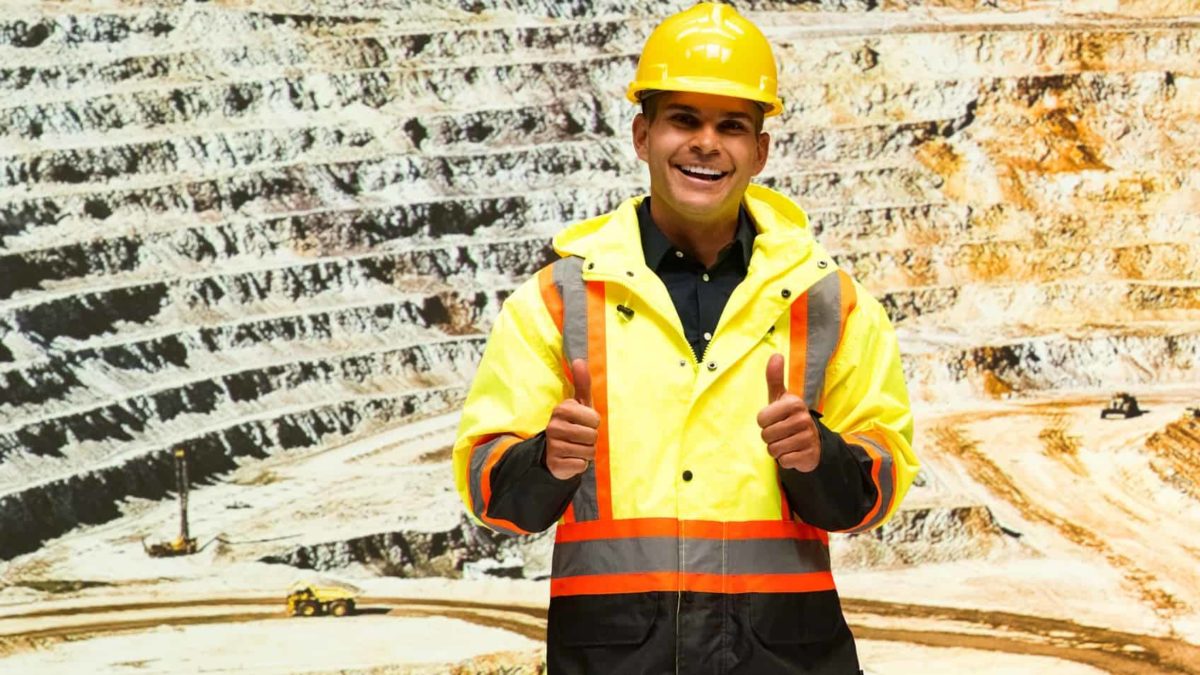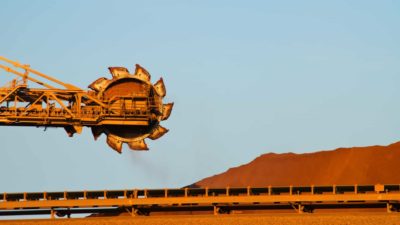ASX copper shares have, broadly, enjoyed a very strong 12 months. Particularly the first of those 6 months, which saw copper prices hit all-time highs.
Over the past 12 months Oz Minerals Ltd (ASX: OZL), for example, is up 58%. Over the last 6 months, however, the Oz Minerals share price is down 3%.
It's a somewhat similar story with ASX copper share Sandfire Resources Ltd (ASX: SFR). Sandfire's share price is up 33% over the past 12 months, while it's only gained 5% in the past 6 months.
For some comparison, the All Ordinaries Index (ASX: XAO) is up 18% in 12 months and up 4% over the past 6 months.
The copper price and ASX copper shares
While many factors determine the price investors are willing to pay for ASX copper shares, the price of the red metal is a crucial ingredient. That's because the bulk of any increase in the price of copper goes straight to the bottom line. Conversely, any decrease means lower profit margins.
Copper prices surged coming out of the initial panic caused by the global pandemic. And prices kept on running higher, fuelled by booming demand for EVs, grid storage, wind turbine production, and the wider green energy transition.
This time last year, one tonne of copper was trading for US$6,740. On 5 July the red metal hit record highs of US$10,417 per tonne. That's partly why we saw the ASX copper shares do so well in the first half of the year.
Since then, copper has retraced and is currently trading for US$9,465 per tonne. While that's down from its record highs, it's still well above historic prices.
And, according to the International Monetary Fund's World Economic Outlook report, just out today, copper could join other clean energy transition metals to run far higher from here.
What did the IMF report forecast?
According to the IMF, global copper production was valued at US$123 billion in 2020.
And, in what could spell good news for ASX copper shares, that value could ramp up, particularly under the "Net Zero by 2050 emissions scenario".
Citing copper among the critical metals for green technology, the IMF report said that, "the demand for some metals would increase with more certainty because they are used across a range of low-carbon technologies (copper, nickel, and manganese, for example)".
The report went on to state, "In the IEA's Net Zero by 2050 emissions scenario … copper shows a twofold increase in total consumption".
And much of the increase in forecast demand would come sooner rather than later:
The scenario also implies that the growth in metal demand would initially be very high between now and 2030 and slow down over time because the switch from fossil fuels to renewables requires large initial investments.
Now you may be wondering, if there's a big boost in demand for metals like copper, why don't producers step in with an equal increase in supply?
The answer, as the IMF report points out, is that, "Copper, nickel, and cobalt are extracted in mines, which often require capital-intensive investment and take as long as 19 years to construct."
That's quite a planning horizon!
For that reason, "Results show that supply is quite inelastic over the short term but more elastic over the long term. A demand-induced positive price shock of 10 percent increases the same-year output of copper by 3.5 percent…"
Forecasts and ASX copper shares
It's important to remember that any type of multi-year forecast is just that. A forecast. Any number of factors can change over the years that might not align with today's assumptions.
As the IMF report notes, "High uncertainty surrounds the demand scenarios. First, technological change is hard to predict. Second, the speed and direction of the energy transition depend on policy decisions."
But, if the report's forecast on the demand for critical green energy metals is right, that should offer some welcome tailwinds for ASX copper shares.









